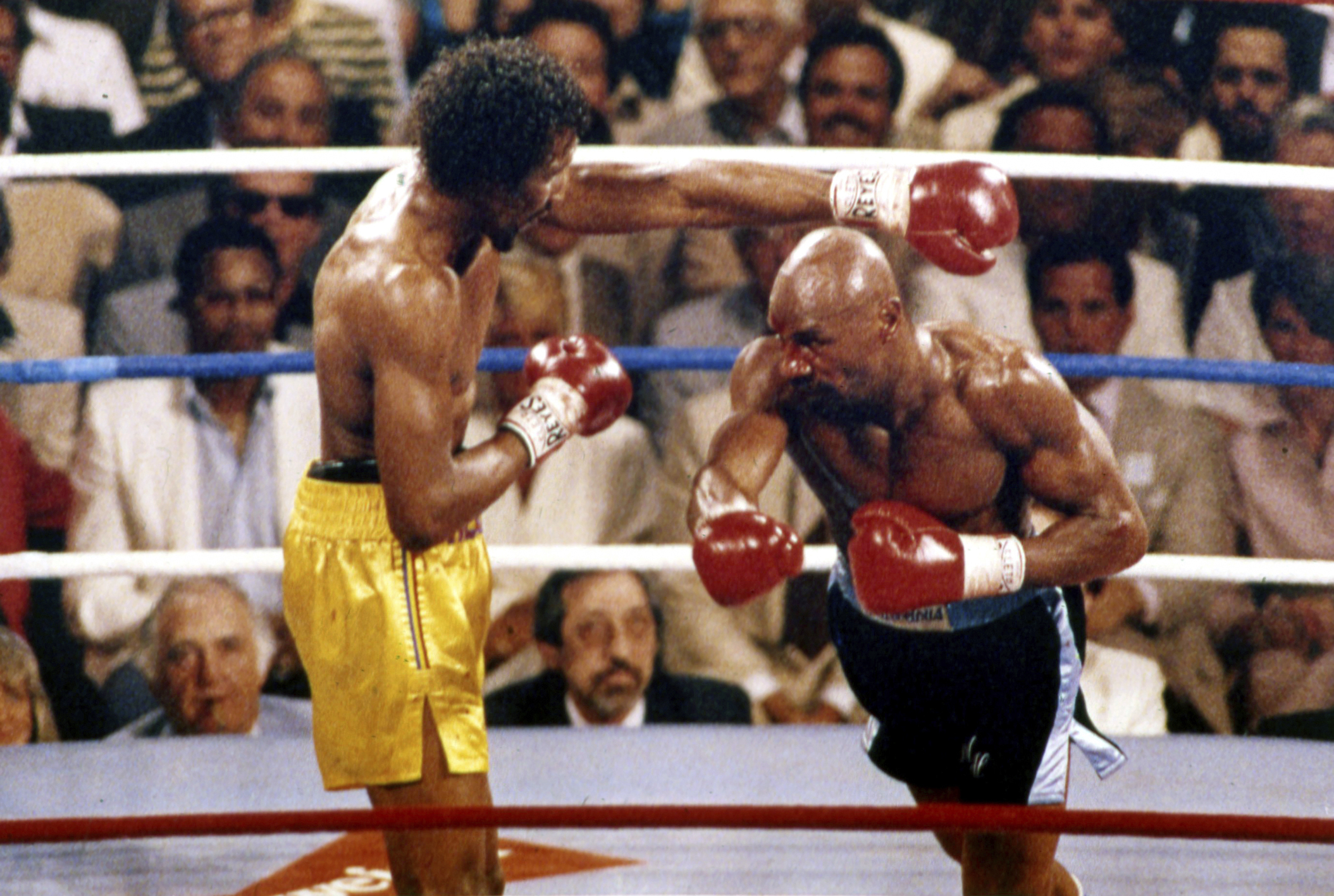Last week, we began a new series on the fiduciary-conflict of interest Rule, what it is and how retirement investors are affected.
Today, I will show how high fees and expenses affect your investment portfolio. Since no one can predict performance, the only thing for certain are costs.
Here’s a fact: Funds with high cost must perform better than low-cost funds to generate the same returns. "When trillions of dollars are managed by Wall Streeters charging high fees, it will usually be the managers who reap outsized profits, not the clients." Warren Buffett said in his recent letter (page 23) to Berkshire Hathaway shareholders.
Remember, high fees are your enemy. A 1 percent expense does not sound like a lot of money but consider that with an annual return of 4 percent, the fees and expenses eat 25 percent of your returns.
My guess is that less than 10 percent of investors know their fees and expenses or how it affects total returns over time.
To illustrate, let’s study a chart and data provided by sec.gov that represents a portfolio value from investing $100,000 over 20 years.
The blue line represents the investment portfolio of a hypothetical mutual fund that does not charge shareholder fees and that produced a 4 percent annual return over 20 years and had annual operating expenses of 0.25 percent. If you invested $100,000 in this fund, then after 20 years, your investment portfolio would be worth approximately $208,000.
The red line represents the investment portfolio of a hypothetical mutual fund that does not charge shareholder fees and that produced a 4 percent return over 20 years and had annual operating expenses of 0.50 percent. After 20 years, your investment portfolio would be worth approximately $198,000. The fees and expenses would have consumed about $10,000 more of your investment portfolio over that time, compared to the hypothetical mutual fund with annual operating expenses of 0.25 percent.
The green line represents the investment portfolio of a mutual fund that does not charge shareholder fees and that produced a 4 percent return over 20 years and had annual operating expenses of 1 percent. If you invested $100,000 in this fund, then after 20 years, your investment portfolio would be worth approximately $179,000. The fees and expenses would have consumed nearly $30,000 more of your investment portfolio over that time, compared to the hypothetical mutual fund with annual operating expenses of 0.25 percent.
So, here are the action points to think about:
First, do you know how much your portfolio out or underperforms the market?
Second, do you know which fees you are paying and their total expense?
Third, do you know how much they affect your portfolio value?
Fourth, if not -- why?
Don’t get me wrong, if you work with quality hard-working advisers they need to be paid. Hard-working financial professionals getting above average returns for clients must be compensated.
Many investors do not have the time or education to make good investment decisions and must rely on financial professionals. Just make sure you are getting your money’s worth.
In my next columns, I’ll discuss fair questions to ask your adviser.
Plan your work, work your plan, and share your harvest!
DAVID O. ENGLAND is the founder of the Eye on the Market-Training Academy (Davidoengland.com) and Associate Professor Emeritus of Finance. This column is for educational purposes only and is not intended as financial advice. Your decision to buy, sell, short or hold any investment product is a direct result of your decisions, free will, and research. For questions including the upcoming Summer Seminar series-send to thetraderseye@gmail.com.
Advertisement
Eye on the Market with David O. England
Advertisement
Latest National & World
National & World
Apr. 29, 2023
National & World
Jun. 04, 2021
National & World
Mar. 15, 2021
National & World
Mar. 13, 2021
National & World
Mar. 10, 2021
ADVERTISEMENT
Most Read >
ADVERTISEMENT
Latest National & World
National & World
Apr. 29, 2023
National & World
Jun. 04, 2021
National & World
Mar. 15, 2021
National & World
Mar. 13, 2021
National & World
Mar. 10, 2021
Advertisement
ADVERTISEMENT





